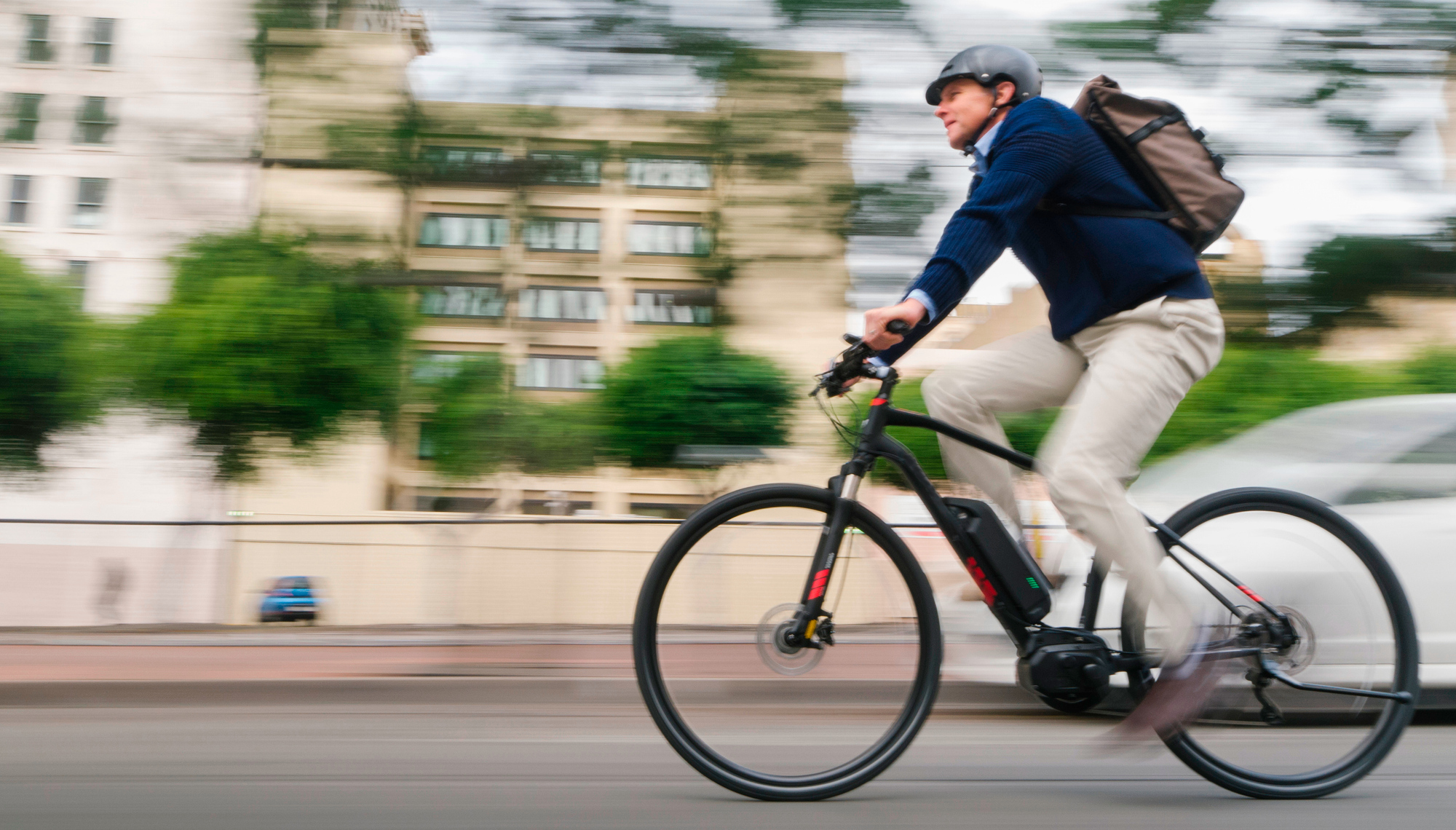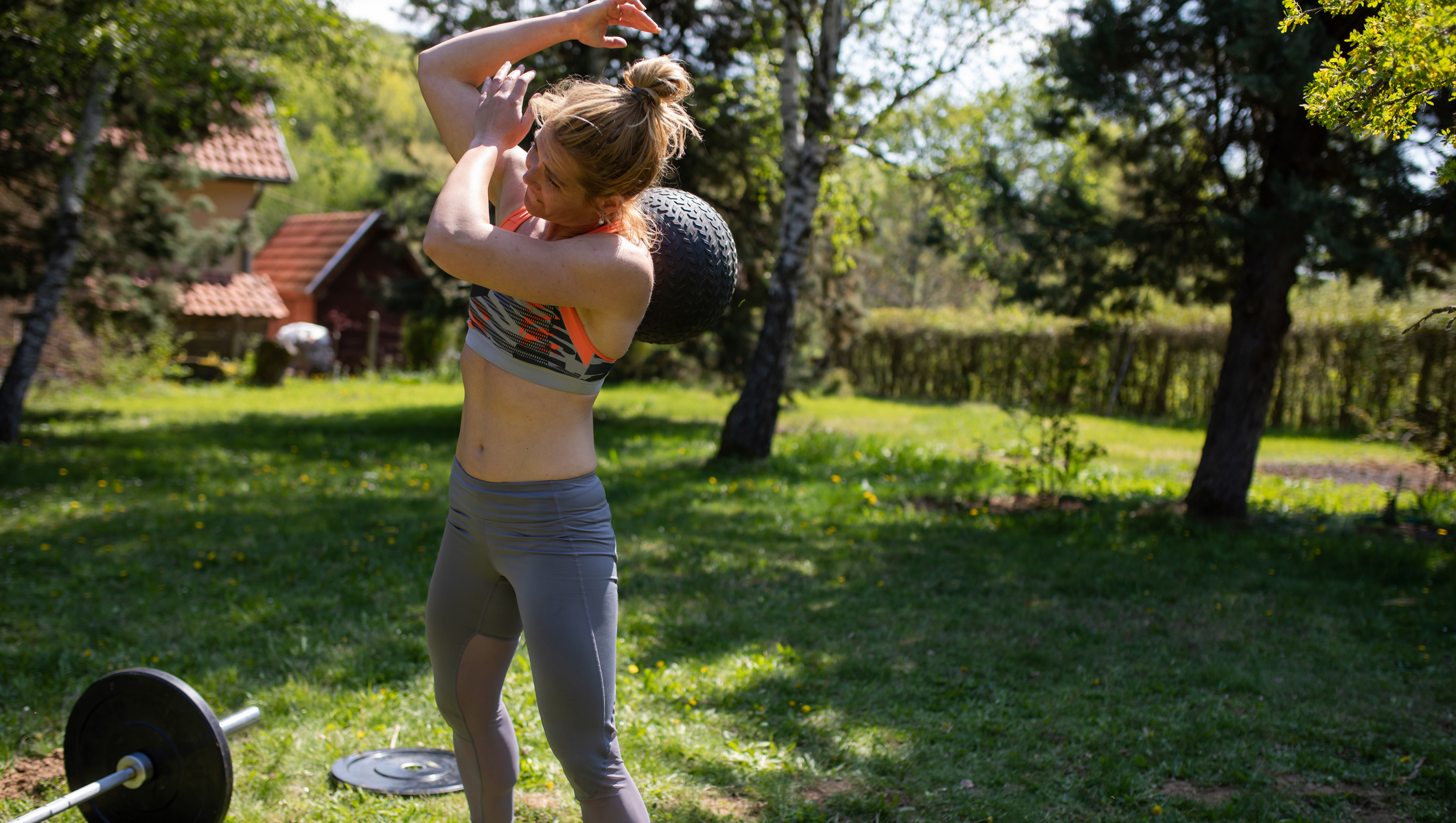How To Pace A Marathon
It takes smarts and guts to get your marathon pacing right, and the secret is not starting too fast

The moment you begin marathon training you will start getting advice about the race, and the most common pacing tip will be, “Don’t go off too fast.” You shouldn’t start a marathon running too fast—and yet it’s the most common mistake runners make.
To help you avoid doing so, I spoke to the running coach and founder of Performance Physique Arj Thiruchelvam to get his advice on marathon pacing. I also got tips from Puma elite athletes Rose Harvey and Jack Rowe.
About our expert
Thiruchelvam is a running and performance coach, and the founder of Performance Physique, a coaching service that works with beginners, Olympians and everyone in between. Thiruchelvam has a BSc in Applied Sports Science from Loughborough University and has co-designed two sports science degrees for Oxford Brookes University. Thurichelvam also has an ISSN Diploma in Sports Nutrition and is a qualified UK Athletics Sprint and Jumps coach.
What is the best way to pace a marathon?
Once you have a target time in mind, you can try and hit it in different ways. You can run your marathon evenly, going for the same time in each half. You can aim for a negative split, where you run the second half faster than the first. You can also run a positive split, where the second half is slower, which a lot of people end up doing unintentionally—it’s not what Thiruchelvam would advise aiming for.
“There are three ways to run a marathon, and one of them’s crazy,” says Thiruchelvam. “The best way for beginners is ‘even pacing’. The best way for intermediates and above is a negative split. The crazy way is the positive split. That’s what you might do in a 400m race, go out as hard as you can and hold on. That’s just too dangerous with the marathon.
“Even pacing suits beginners because it’s the safe option. You’ve got one thing to remember in your head. It’s that one simple pace, that one simple time, maybe with a five-second buffer each side. I’ve pretty much never used even pacing with my clients. If you’ve done 12 to 18 weeks of training and you’ve had practice playing with paces, it’s time to push on and that’s where the negative split comes in. It’s more advanced because it requires more attention to detail. It does require you to have a running watch on your wrist.”
How do you run a negative split?
You can run a simple negative split where you run easy to halfway then go up a gear, or you can break the marathon up into chunks where you aim to get quicker each time. Some runners do even chunks, or you can opt for a range of lengths.
“The idea is that we have quite large chunks initially,” says Thiruchelvam. “Like a 5K block, very slow to begin with. Then maybe another 5K, then a 3km, then then maybe an 8km. But every time we’re getting progressively faster.
“We hold each pace for a period of time as well. So, we’re not constantly feeling like we’re pushing. It maximizes our physiology. Long bouts of time being slow allow us to properly warm up. We know that when things are starting to get harder, we’re getting close to the finish line.”
Running a negative split is generally agreed to be the fastest way to run a marathon, but it takes courage to go out slower than you think you can run. The inclination many people have is to get some time in the bank by going faster at first, in case they slow down later. This is not the way to nail a marathon: you’ll lose far more time than you’ve made up early on if you end up walking in the final 10K.
Why do so many people start too fast during a marathon?
The reason people start a marathon too fast is because it doesn’t feel fast at all. Your body is in a different state to your normal training runs because you’ve rested during your taper and have adrenaline coursing through you.
“You do all of this training, then you arrive at that start line and the adrenaline is incredibly high,” says Thiruchelvam. “Then you add in being surrounded by hundreds of people, or in the case of the London Marathon, nearly 50,000 people. Your ability to then dial in on the task at hand is difficult.”
How do you stop yourself from going out too fast?
Have a plan and stick to it. Thiruchelvam is strict with his athletes in the first 10K of a marathon, where he sets a pace that is slower than their overall goal pace. After that 10K, the adrenaline will have started to fade, so you can get a better sense of the state of your body.
“We have a set agreement that you’re not allowed to ignore the pacing guide until you’ve completed at least 10K,” says Thiruchelvam. “It’s not like you must run it to the second, but until that point, we have to keep things as fluid as possible, as smooth as possible
“Your first 5K to me is just a warm-up. Even after that 5K we know that you’re still going to have some of the after-effects of adrenaline. We’re asking for 10K to start giving yourself a truer picture. Hopefully your aerobic system is now caught up to the releases of adrenaline. You can actually start to get a realistic gauge of how tired you’re feeling.”
How do you maintain your pace in the final 10K of a marathon?
Early on in a marathon it’s all about restraint, but come the final 10K you’ll be doing all you can to hold your race pace. It becomes a mental game, as well as a physical one, and Thiruchelvam says it’s important to not start thinking about the finish too early.
“Only focus on the current K,” says Thiruchelvam. “Make sure that you keep your rhythm. Just put one foot in front of the other. Don’t get carried away with what’s happening 10K away. Depending on your speed that might still be another hour and that might be horrifying for you—just focus on that K you are in at the time.”
Thiruchelvam says how the last 10K goes will depend on how well you’ve taken on fuel earlier in the race. If you’ve not stuck to your nutrition plan, then things may start to get hard. If that’s the case, visualizing a few things might help you keep going.
“Remember why you’ve done this,” says Thiruchelvam. “Remember the toughest workouts you’ve had and how you got through those. Are you going to see a loved one or friends at the finish line? You only ever think of the finish line if things have already started to get difficult. If things are still feeling good, just focus on the step in front of you.”
Is it helpful to use pacers or run in a group?
Most marathons have a team of pacers running round-number target times with flags on their back so you can spot them among the crowd. Many people run with these pacers and form a big group aiming for that time, which can help you maintain a consistent pace. Just remember if you are part of an informal group aiming for a time that you’re there to help others, not just be helped.
“There’s no harm in going with big groups of runners,” says Thiruchelvam. “Even more advanced runners can benefit from just clocking a few individuals around them who will keep them moving at a pace.
“Keep a respectful distance, and make sure you understand that if you’re running with this group, you’re there to not just receive motivation, but obviously offer it back. People talk to you in these groups. If you see someone struggling, offer them that support as well.”
Remember that hitting your goal is ultimately up to you, and to make sure that you’re checking your splits and not just relying on a pacer.
“I would always make sure you know your pace and don’t rely on that flag bearer,” says Thiruchelvam. “We all have our good days and bad days, and they might be struggling that day.”
Top Tips From Elite Runners For Pacing A Marathon
It Should Feel Easy Until Halfway
“Elites go out too fast too—we’ve all been guilty of it,” says Rose Harvey. “I think people go out too quickly because you have fresh legs, you’ve done your taper, and your target marathon pace that felt really tough in sessions suddenly feels like a jog. Actually, it should feel like a walk in the park until at least halfway.”
A Negative Split Is The Way To Go
“It’s the fastest way to run a marathon, but even my fastest 5Ks have been when the last mile is the quickest mile,” says Jack Rowe. “It’s killer because you run it like that and immediately think, ‘What if I’d gone off 10 seconds quicker?’ But the ability to pick up and the time you make up in the last few miles is worth it compared with holding on for dear life. Not to mention the pain you get to avoid.”
“It always feels nicer if you can pick up the pace at the end, rather than fighting to cling on to your target pace,” says Harvey. “If you can conserve that energy you’ll run quicker than if you bomb. If you start too quickly you’ll lose a lot more time in the second half.”
Listening To Your Footsteps Can Help You Get Through The Last Few Miles
“Listening to my footsteps helps,” says Harvey. “Thinking about leg turnover and keeping it even and consistent, especially in the back end of a marathon when the pace doesn’t feel natural any more. Take your mind off the struggle and think about leg turnover.”
Get the Coach Newsletter
Sign up for workout ideas, training advice, reviews of the latest gear and more.

Nick Harris-Fry is a journalist who has been covering health and fitness since 2015. Nick is an avid runner, covering 70-110km a week, which gives him ample opportunity to test a wide range of running shoes and running gear. He is also the chief tester for fitness trackers and running watches, treadmills and exercise bikes, and workout headphones.









